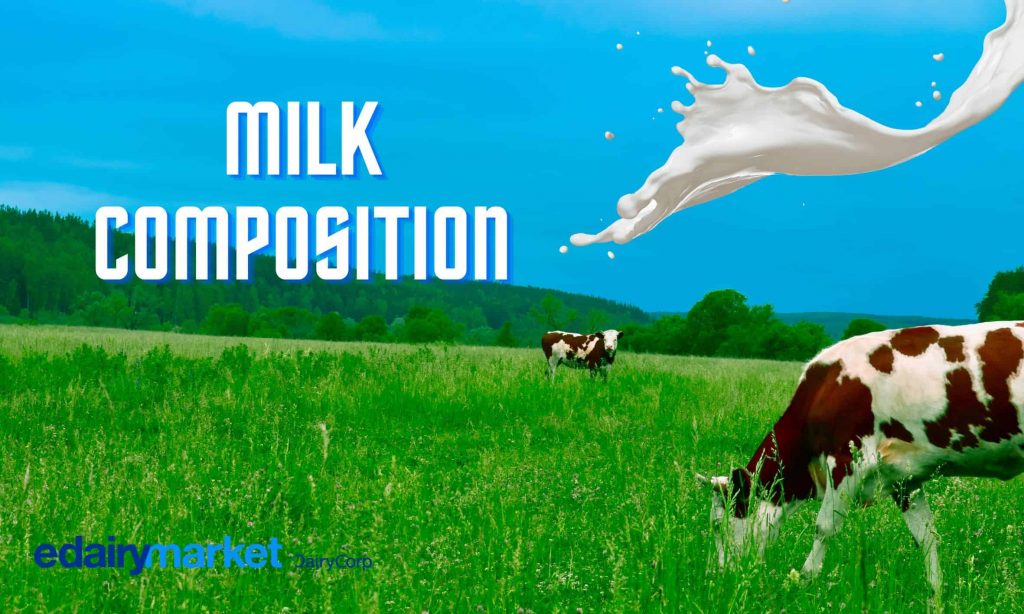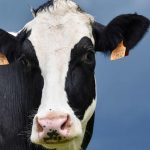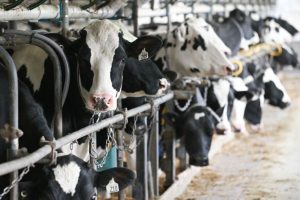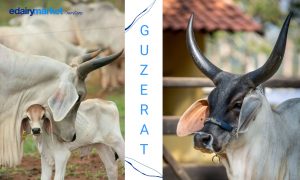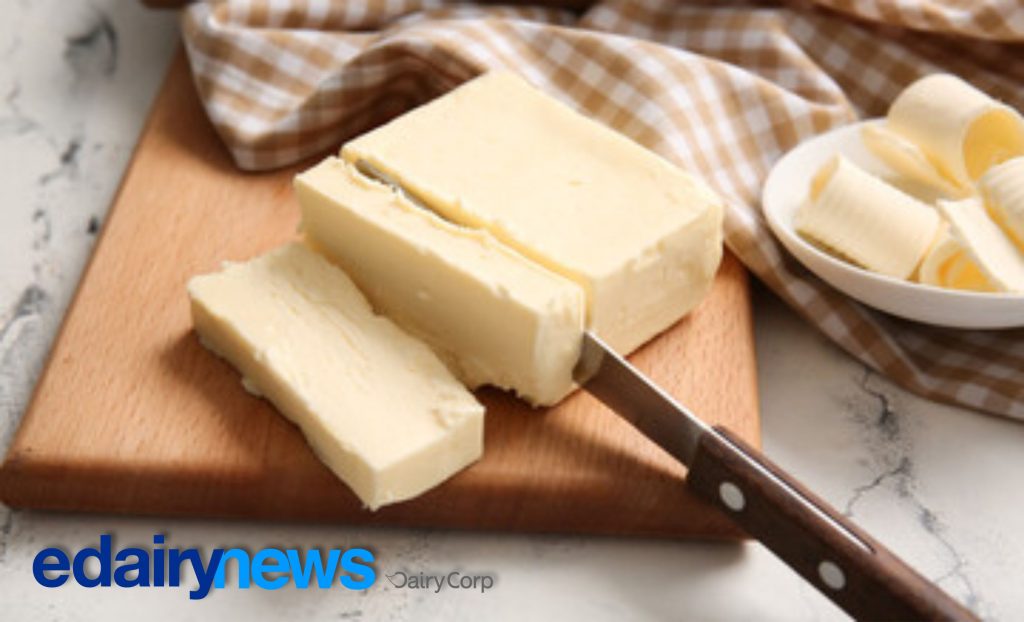
Milk provides essential nutrients and is an important source of dietary energy, high quality proteins and fats. Milk can contribute significantly to the required intake of nutrients such as calcium, magnesium, selenium, riboflavin, vitamin B12 and pantothenic acid.
Milk and dairy products are nutrient-rich foods and their consumption can make diets based primarily on vegetable consumption more diverse. Milk of animal origin can play an important role in the diets of children in populations with low fat intake and limited access to other foods of animal origin.
The species of dairy animal, its breed, age and diet, together with the stage of lactation, number of lambings, farming system, physical environment and season of the year, influence the color, flavor and composition of milk and allow for the production of a variety of dairy products:
1. Cow’s milk:
Fats constitute about 3 to 4 percent of the solid content of cow’s milk, protein about 3.5 percent, and lactose about 5 percent, but the gross chemical composition of cow’s milk varies by breed. For example, the fat content is usually higher in Bos indicus cattle than in B. taurus. The fat content of milk from B. indicus cattle can be as high as 5.5 percent.

2. Buffalo milk:
It has a very high fat content which, on average, is twice that of cow’s milk. The fat/protein ratio of buffalo milk is about 2:1. Compared to cow’s milk, buffalo milk also has a higher casein/protein ratio. The high calcium content of casein facilitates cheese making.

3. Camel milk:
It has a similar composition to cow’s milk, but is slightly saltier. Camel milk can be three times richer in vitamin C than cow’s milk and represents a vital source of this vitamin for people living in arid and semi-arid areas, who often cannot obtain vitamin C from fruits and vegetables. In addition, camel milk is rich in unsaturated fatty acids and B-complex vitamins. The milk of Bactrian camels has a higher percentage of fat than that of dromedaries, but protein and lactose levels are similar in both. Camel milk is usually consumed raw or fermented.

4. Sheep’s milk:
It has a higher fat and protein content than goat’s and cow’s milk; only buffalo and yak milk contain more fat. In addition, sheep’s milk generally has a higher lactose content than cow’s, buffalo and goat’s milk. The high protein and overall solid content of sheep’s milk makes it particularly suitable for cheese and yogurt production. Sheep’s milk is important in the Mediterranean region, where most of it is processed into cheeses, such as pecorino, caciocavallo and feta.

5. Goat’s milk:
has a similar composition to cow’s milk. In Mediterranean countries and Latin America, goat’s milk is generally processed into cheese; in Africa and South Asia, it is generally consumed raw or acidified.

6. Yak milk:
It has a sweet taste and an aromatic, sweet smell. It has 15 to 18 percent solid content, 5.5 to 9 percent fat and 4 to 5.9 percent protein. It therefore has a higher solid, fat and protein content than cow’s and goat’s milk, and resembles buffalo milk. The raw milk is mainly used by herders and their families to prepare milk tea. Yak milk can be processed into a variety of dairy products, such as butter, cheeses and fermented milk products.

7. Equine milk:
Mare’s and donkey’s milk have a very similar composition. Equine milk, like human milk, has a relatively low level of protein (particularly casein) and ash and is rich in lactose. Compared to those of other dairy species, equine milk is low in fat and protein. Most equine milk is consumed fermented and is not suitable for cheese making.

What is your favorite milk?
✅ At eDairy Market we have all the dairy categories, all the products and all the companies. We represent you.
✅ Power your business through eDairy Market:
- Your microsite with products, brand and domain of your company at a minimum cost.
- You will be able to sell your products and we do not charge you commission per sale.
- Now you can sell your Products, Ingredients and Dairy Machinery in English, Spanish, Portuguese and Mandarin Chinese.
✅ Create your own online store in a super easy way:
